A soft starter or motor soft starter is a control device for electric motors that allows starting and stopping in a smooth and controlled manner. A soft starter manages the voltage and supplies it gradually, protecting the motor while optimizing time and resources by reducing wear-related maintenance.
Discover how they work and how they can help you improve your machine’s features.
1. What is a soft starter?
To enable the motor to use different starting methods, a soft starter can be added to a typical AC motor. The purpose of this device is to reduce the strain applied to the motor during the typical charging phase of the motor.
In addition, some soft starter types may use solid-state devices. These devices are another way to control the amount of electricity allowed to flow through the motor. It allows the soft starter to control current in three distinct stages, allowing for a more precise level of control.
Many electrical soft starters also use a series of thyristors (SCRS) or thyristors to limit the voltage to a more manageable range as the motor begins to start. These SCRS have an on state that allows current to flow and an off state that controls and limits current. These SCRS activate when you start the machine, limit voltage, and then relax when the machine reaches full power. This reduces the heat of the motor and reduces the overall strain.
While electrical soft starters are an example of possible soft start solutions, they are not the only ones available. Mechanical options rely less on electricity and more on physical, mechanical principles.
In mechanical soft starters, fluid, steel pellets, or magnetic forces are used to reduce torque in the motor by clutches and couplings. It allows the motor to start more gently and easily by limiting the voltage allowed to surge through it.
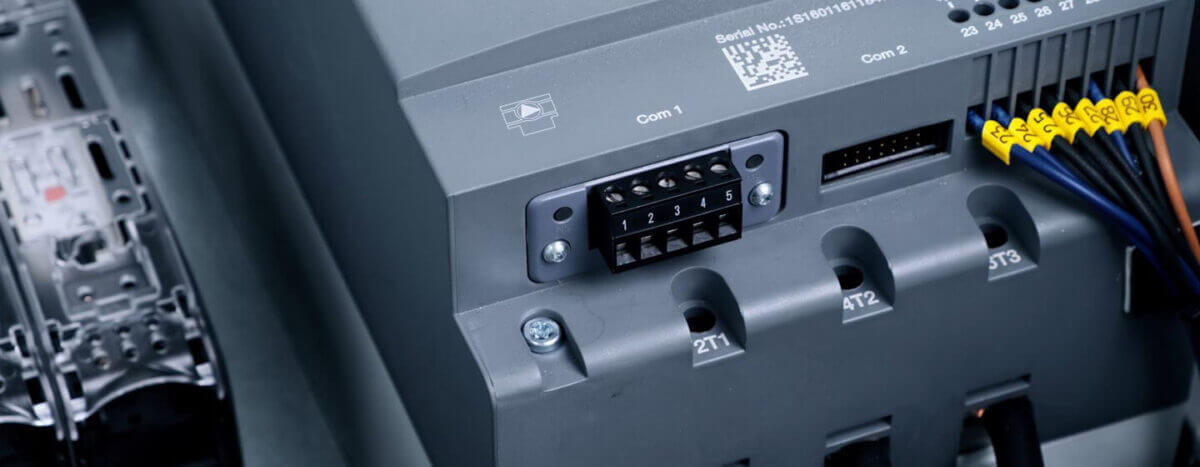
2. Schematic diagram of soft starter
Two SCRs are connected anti-parallel along each phase of a three-phase induction motor, making a total of six SCRs. These SCRs are controlled using a separate logic circuit, which can be a PID controller or a microcontroller.
Logic circuits are powered from the power supply using a rectifier circuit, and in addition to power switches and logic circuits, other protection components such as circuit breakers or fuses, magnetic contactors for isolation, and OLRs (overload relays) for protection against overcurrent are used. The bypass switch is also used to restore full voltage to the motor when it reaches full rated speed.
3. Working principle of soft starter
The main component used to control the voltage in a soft starter is the thyristor. It is a controlled rectifier that starts conducting current in only one direction when a gate pulse called a trigger pulse is applied. The angle of the trigger pulse determines how many cycles of the input voltage should be allowed to pass through it.
Since AC swings a full 360° cycle between maximum and minimum peaks, we can use the angle of the trigger pulse to turn on the thyristor for a specific duration and control the supply voltage. The transmit pulse can vary from 0° to 180°.
The reduced firing pulse angle increases the conduction period of the thyristor, allowing high voltages to pass through it. Two such thyristors are connected back-to-back in each phase. As a result, it can control both directions of current.
Three pairs of thyristors, each single phase, are used to control the voltage to start and stop the motor. The conduction period of the thyristor depends on the firing angle controlled by the logic circuit. Logic circuits include PID controllers or simple microcontrollers programmed to generate pulses.
The controller is isolated from the power supply using an optoisolator and provides DC power using a rectifier. Pulses generated by the microcontroller are fed to a thyristor firing circuit which amplifies the pulses before triggering the SCR. When the motor starts, the controller generates pulses for each individual SCR.
Pulses are generated based on zero crossings detected using a zero-crossing detector. The first firing pulse angle is approximately close to 180° (very low on-period) to allow for minimum voltage. After each zero crossing, the emission angle of the pulse is gradually reduced, thereby increasing the conduction period of the thyristor. The voltage across the thyristor starts to increase. So the motor speed increases gradually.
Once the motor has reached its full rated speed (firing angle of 0°), the thyristors will be fully bypassed in normal operation using a bypass contactor. It increases the efficiency of the soft starter because the SCR stops firing. When the motor stops, the SCR takes over and reduces the supply voltage in an orderly manner.
Bypass contactors can be internal or external. There is an internal bypass contactor embedded in the power switch. Each SCR has a bypass switch in parallel to supply current under normal conditions. This contactor configuration takes up little space and the starter has a compact design. The external bypass contactor is connected externally in parallel with the soft starter. Such soft starters are bulky.
A bypass contactor is not meant to break a circuit or provide current to a circuit, so it can be a low-rated contactor.
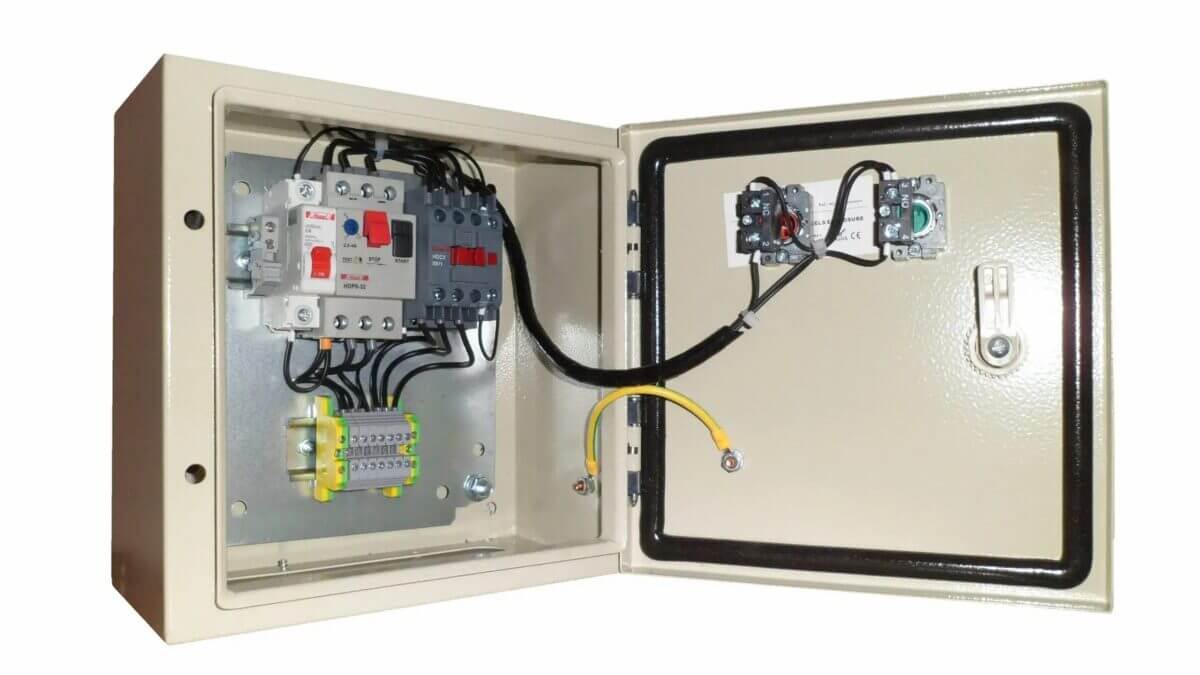
4. Advantages of soft starter
Smooth Start: It provides a very gradual increase in voltage and speed, resulting in a very smooth start. There is no mechanical stress or shock of any kind that could damage the motor.
Acceleration and Deceleration Control: It provides fully adjustable acceleration and deceleration of the motor. Slowly or quickly changing the firing angle can control the acceleration of the motor when it starts and the deceleration when it stops. It is used in occasions where starting acceleration needs to be adjusted.
No inrush: Since traditional motor starters allow full voltage to be applied to the motor, a huge inrush current starts flowing into the motor, causing a surge in the circuit. The soft starter limits this current, thereby preventing power surges.
Multiple starts: Some applications require the motor to start and stop multiple times within a short period of time. If used with a conventional starter, such motors can overheat due to high starting currents. However, soft starters can significantly increase the number of motor starts for a specific duration.
Reduce overheating: Motor overheating is a very serious problem. It occurs due to a high winding current during startup. Soft starters allow very little starting current to prevent the motor from overheating.
Extended service life: Compared with traditional starters, soft starters increase the service life of the motor. This is due to the smooth running of the motor without electrical and mechanical stress.
Less maintenance: Due to their smooth operation, induction motors are less likely to suffer any mechanical failures, which is why they require less maintenance than traditional motor starters.
Efficiency: Traditional motor starters provide full voltage (very high inrush current) to motors that consume too much energy. Soft starters significantly reduce energy consumption and allow gradual increases in energy consumption. Very low voltage levels are also used to control the power switches. Motor efficiency is improved as a result.
Small size: The soft starter is very compact in design and takes up very little space. Unlike other motor starters, it is very small in size.
Low cost: Compared to other starters like VFDs, this does cost less.
5. Disadvantages of soft motor starters
No speed regulation: With a soft starter, you can only control the input voltage supply, i.e. from 0 volts to line voltage at a fixed line frequency. Since the frequency is constant, the motor speed is constant and only regulated by the load it is connected to. The speed of the induction motor is adjusted by varying the power frequency below or above the line frequency as required. This feature is only available in VFD (Variable Frequency Drive).
Heat dissipation: The semiconductor switches inside the soft starter dissipate some energy in the form of heat. Therefore, a heat sink is also required to cool the power switch.
Reduced starting torque: Since it reduces the input voltage corresponding to the input current, which is proportional to the starting torque of the induction motor, the starting torque is greatly reduced. This is why soft starters are used in low or medium-starting torque applications.
6. Application of soft starter
Soft starters are used in industry and are more suitable for motors that run at a constant speed.
Fans: Huge fans used in an industry run at a constant speed. However, they do require boot protection. A soft starter is the best choice for this type of fan.
Conveyor belts: Conveyor belts in the industry are used to move objects and require extra care. In conventional starters, sudden jolts can misalign the belt, cause mechanical damage to the belt, and damage objects placed on the belt. Need a soft starter to provide a smooth start and stop.
Motors using belts and pulleys: Motors that drive loads through belts and pulleys cannot withstand sudden shocks. It comes with straps to attach it to the load. Soft starters provide smooth starting for such motor applications.
Water or liquid pumps: Any type of pump connected to a motor needs to start and stop smoothly due to sudden increases in pipe pressure. A conventional starter may create enough pressure to break the line on cranking. Soft starters provide a gradual increase in pressure for these types of liquid pumps. During normal operation, the pump does not have a speed control. For variable pump speeds, a VFD is a better choice.
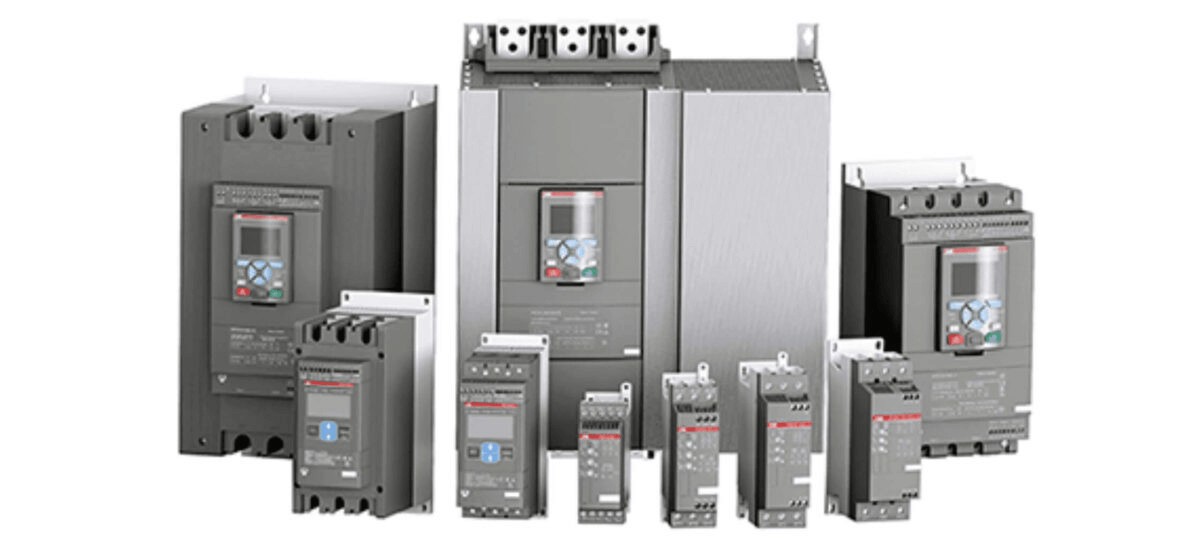
7. What is the difference between a soft start and a VFD?
VFDs share some similarities with soft starters, but also enough differences to group them together. A VFD, formally known as a Variable Frequency Drive, is a motor control device that controls the speed of an AC induction motor. This means it controls how fast the motor runs during start and stop cycles as well as normal run cycles.
Based on this, it is easy to see the similarities between VFDs and soft starts. Both can control the amount of power flowing through the motor during startup, preventing power surges and problems. Their approaches to achieving this goal, however, differ.
8. Should I use a soft starter or a VFD?
If your primary goal is energy savings, VFDs are usually preferred. This is because the VFD does not limit the speed of the motor only during the start-up phase. It also helps you control speed during normal operating cycles as well as power outages. This makes them ideal for reducing power when not needed, reducing overall energy consumption.
VFDs are also a good choice when being able to control the speed and smooth performance of a machine is important. Applications such as elevators and escalators fit this description. In such applications, you will be able to control the constant speed of these devices and protect them from any unexpected power surges.
9. What are the common reasons for soft start failure?
While soft starts are pretty good, they’re not foolproof. As with any other equipment or machine, the right combination of problems can cause them to malfunction or be damaged. While your soft starter should be in good working order for the foreseeable future, you never know what will happen. If you notice a problem or failure with your soft starter, it could be related to one of the following issues:
Excessive heat: As mentioned earlier, an overheated machine can cause all sorts of other problems. A machine with a soft start is less likely to overheat than a machine with a conventional start, but it is still possible.
Too much voltage: A soft start is designed to limit the amount of current in the first place, so this is unlikely to happen. However, if a higher-than-usual voltage is bumped into your motor during start-up, it can cause problems.
Too much current: This is similar to the problem of too much voltage. If too much current flows into the motor, to begin with, it can overload the circuit and cause it to malfunction.
While this might give the impression that soft starts are prone to problems and malfunctions, the opposite is true. Using soft starting makes your motors and machinery less prone to failure and protects them from power surges and overheating. They also greatly extend the life of most motors.
There is no guarantee that soft starters will never fail, but they are generally very reliable and can provide extra protection for your motor.

10. Which soft starter is the best choice for your industrial facility?
Is there a wide variety of soft starter control panels in the industrial market? Which option do you think is the best? think about it. In compression control systems, soft starters are used. In air conditioning and refrigeration units, these types of soft starters are used to start single-phase compressors.
For pumps and irrigation systems, some control panels use the pump to control the soft starter. Soft starters are often compared to VFDs. Soft starter control panels, however, are more compact than VFD control panels. Soft starter control panels are also more efficient and cost-effective when only speed and torque are needed for starting.
Also, consider how a soft starter works. The soft starter initially applies more voltage to the motor. This prevents sudden bursts of current that could place unnecessary electrical stress on the motor and potentially cause damage. As a result, worry-free and smooth power acceleration is achieved, the motor is protected from undue damage and its life is extended.
Most traditional and periodic starts involve sudden spikes or the introduction of current to the motor. In contrast, a soft starter produces a smooth and gradual power ramp. result? Motors are protected from wear and tear, are healthier, and won’t fail as quickly.
Keep in mind that some soft starters can adjust the initial starting voltage as well as the time it takes the motor to fully start. Also, some soft starter control panels use soft starters that use solid-state devices. what does that mean? These types of soft starters control the amount of current that flows through the motor. what is the usage? The soft starter will control and monitor the current in three separate phases, thus providing and ensuring precise control of power and current.
11. Conclusion
Consider your requirements and specifications before choosing a soft starter. For example, gather the necessary information on various factors such as rated current, torque specifications, starting and stopping requirements, line voltage, overload protection requirements, control panel enclosure type, and the number of starts required. Using this information, you can select the soft starter that is most suitable for your industrial facility.
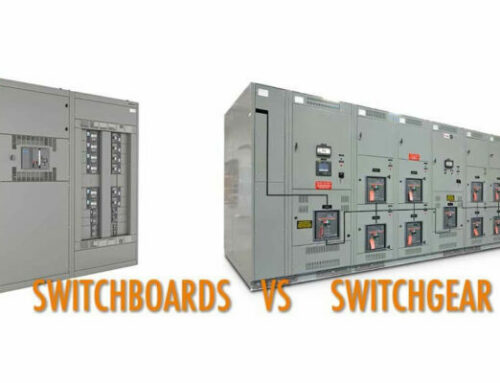
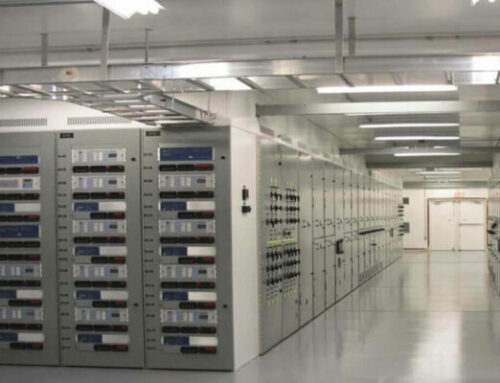
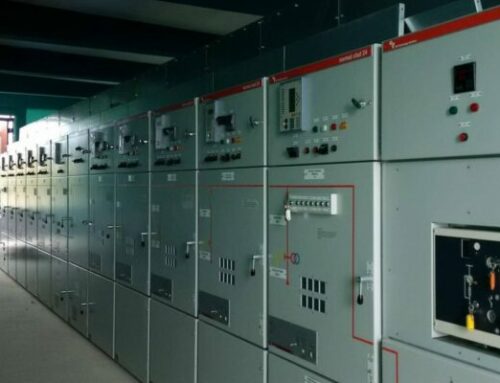
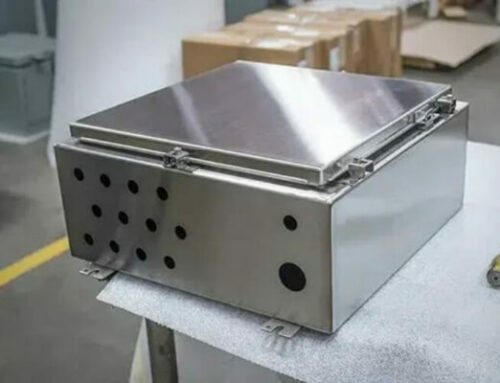
Leave A Comment